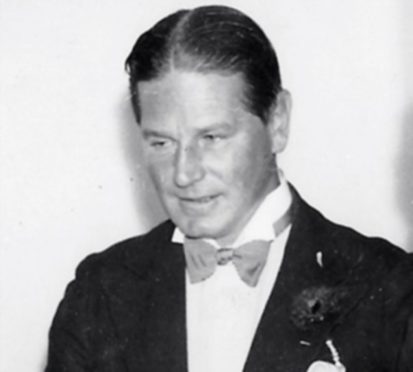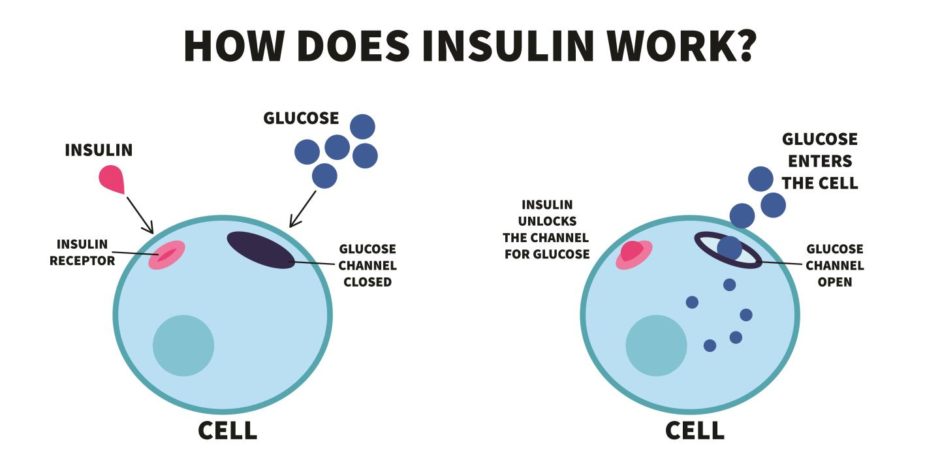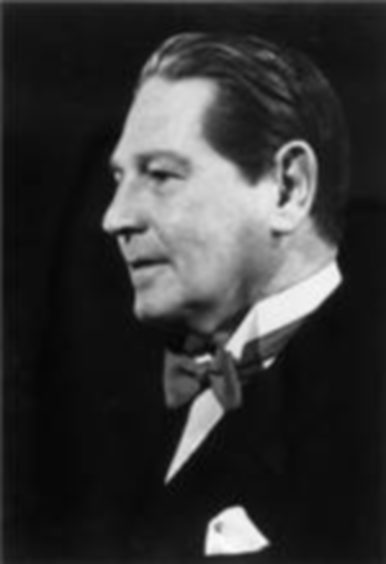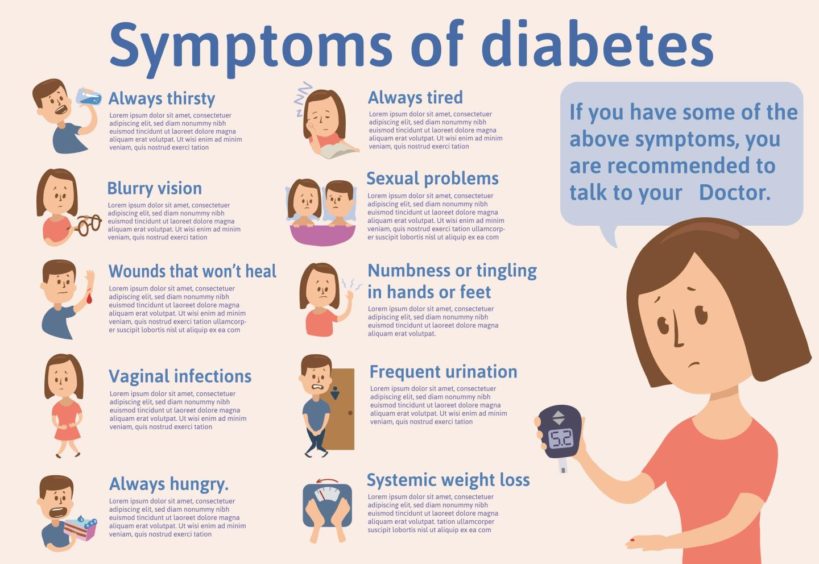There was a time when the diagnosis of diabetes, particularly at a younger age, inevitably meant a death sentence.
But millions of lives have been saved since the discovery of insulin almost 100 years ago – and an Aberdeen doctor was one of the first patients to benefit.
Doctor Robert Daniel (RD) Lawrence was diagnosed with the condition at the age of 28 in 1920, and the hormone saved his life allowing him to reach the age of 85 upon his death in 1968.
Today, retired consultant Ken McHardy, who worked at Aberdeen Royal Infirmary for more than 30 years, has told how the pioneering doctor went on to become a “champion” for diabetes patients across the world.
Diabetes diagnosis
Lawrence studied medicine at Aberdeen University and was working at King’s College Hospital in London as an assistant surgeon in the ear, nose and throat department when tests revealed he had diabetes.
Ken said: “He used to go to the mortuary to practise his skills on skulls and a chip of bone flew into his eye. He got a nasty eye infection and had to be admitted to his own hospital.
“It was during that admission that they tested his urine and found it was full of sugar and he had diabetes. This was in November of 1920 and at that time there was no medication for what came to be known as type 1 diabetes.
“The treatment was supplemented starvation – a very stringent diet – that helped people live a few months longer, but at the expense of weakness and wasting.”
‘Barely able to walk up stairs’
Lawrence abandoned his dreams of being a surgeon and moved into the department of clinical biochemistry where he carried out research instead.
But he left the UK soon afterwards as his condition deteriorated.
Ken said: “The diabetes was getting so bad, he was so weak that he decided he would leave the UK, go to the milder climate in Florence, do some private practice among expatriates and in due course wither away and die, out of sight of friends and family.”
Within a few more months, when he was barely able to walk up stairs, and numbness in his fingers and feet indicated he had peripheral neuropathy, he thought his end was near.
Luckily, Lawrence’s illness came at a time when insulin was discovered and supplies started arriving in the UK in 1923.
And when he received a telegram from Geoffrey Harrison, his friend and colleague at King’s: “I’ve got insulin. Come quick. It works”, he loaded up his Morris car and enlisted a chauffeur to drive him home.
Ken added: “Lawrence was too weak and frail by then to do much of the driving. They got back to the King’s College Hospital and he was admitted there. At 10am on the 31st of May 1923 – when he would surely have been just weeks from death – he was given his first injection of insulin.
“He went on to become a major champion for diabetes patients, founding the diabetic clinic at King’s College Hospital, publishing lots of research on the effects of diet, exercise, and other factors alongside insulin, often with himself as the main subject.”
Lawrence embarked on a new career as a diabetes specialist; his 1925 book called ‘The Diabetic Life’ was written for both patients and doctors and ran to 17 editions over 40 years.
A champion for diabetes patients
And in 1934 with the help of his patient, science fiction writer HG Wells, he started the Diabetic Association to help improve the lives of those with diabetes. It is now known as the charity Diabetes UK.
Ken said: “This was an organisation to foster education and peer support for people with diabetes and promote research in the subject. In due course there were lots of patient-run local groups set up – I think there are more than 400 of these now. It was a pioneering idea.
“He championed things such as normalising the condition so that people with diabetes could live normal, active, working lives free from discrimination.
“He was clearly quite a man.”
RD Lawrence also went on to become the first the president of the International Diabetic Federation in 1950, helping to promote diabetes care and prevention worldwide.
He was born at 10 Ferryhill Place in Aberdeen in 1892 and died on 27 August 1968 – his life prolonged by more than 40 years due to insulin.
Today’s rising number of diabetes cases
For some years now many countries have shown a dramatic rise in numbers of patients with diabetes.
The most up to date figures from the 2019 Scottish Diabetes Survey show there were 30,251 people with all types of diabetes in Grampian compared to 22,481 in 2009, up by more than a third.
In the Highlands, the figure has risen to 18,751 from 13,158 over the same decade.
Diabetes UK organises Diabetes Week every year which runs from 14 – 20 June.
Douglas Twenefour, Deputy Head of Care at Diabetes UK, said insulin continues to play an important role in the care of patients.
He said: “Insulin is a vital part of managing diabetes for all people with type 1 diabetes and some people with type 2 diabetes.
“For people with type 1 diabetes, taking insulin is essential. Without insulin, blood sugar levels can become dangerously high, and can lead to diabetic ketoacidosis (DKA), which if left untreated can be life-threatening.
“The number of people with diabetes is increasing year-on-year, and preventing cases of type 2 diabetes must be a public health priority.
“With the right support, up to half of type 2 diabetes cases − and the accompanying risk of developing life-threatening complications − can be delayed or prevented.”



